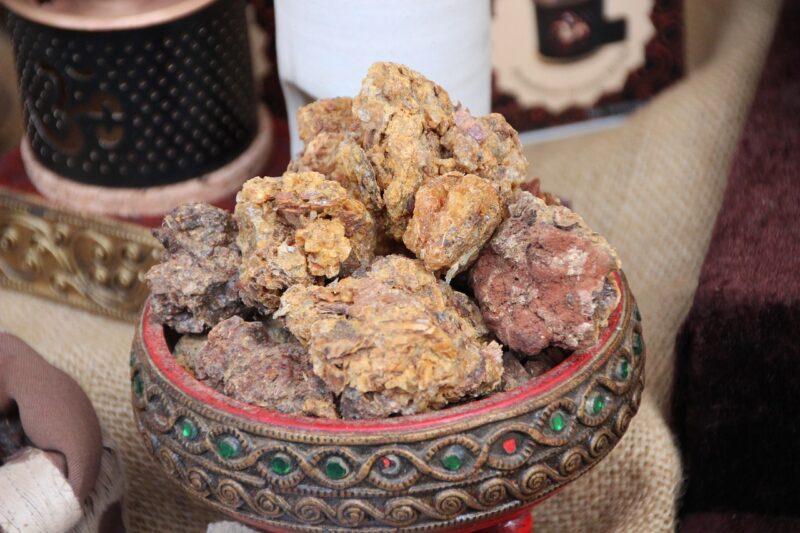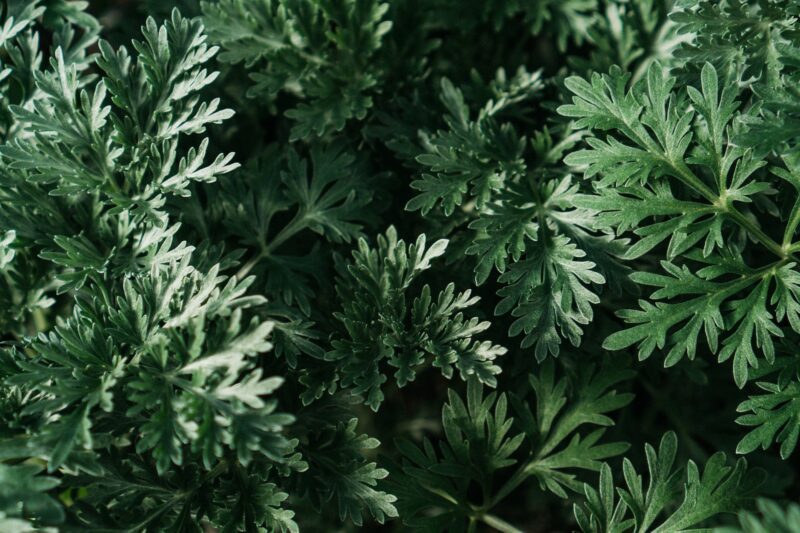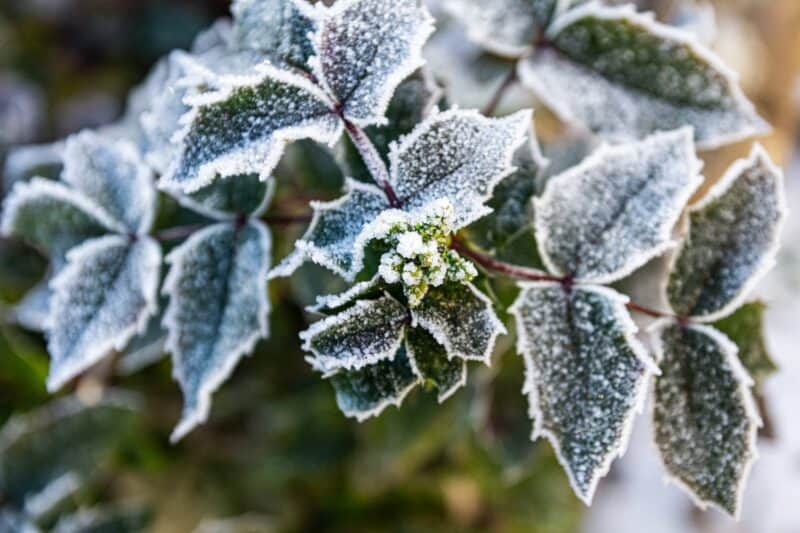A common herb used in many contemporary Pagan magical rituals is mugwort. Mugwort is a very adaptable herb that is simple to produce. It can be used as incense, for smudging, or in spellwork.
Mugwort can be used to induce delayed menstruation since it is frequently associated with the female reproductive system, possibly as a result of its links to the moon.
It is known as St. John’s Plant in various nations, including Germany and Holland. Because it was thought that waiting until St. John’s Eve to pick your mugwort would provide you with additional protection against illness or bad luck, it received this legendary name.
NOTE: Mugwort should not be used internally by women who are pregnant, as it may result in a miscarriage.
Mugwort, a member of the Artemisia family, was used in Anglo-Saxon Britain to treat patients who had suffered from “elf-shot,” which appears to be a general word used to describe patients who had become ill and whose ailment was attributed to the invisible arrows of the Fae. An herbal from the ninth century, Bald’s Leechbook, mentions the usage of mugwort to exorcise demonic possession. A large stone should be heated in the fireplace, mugwort should be sprinkled on it, and water should be added to create steam that the patient can breathe in.
Mugwort is sometimes connected to dreaming and divination in magical traditions. If someone has very busy dreams, they can be balanced out by taking a mugwort ritual bath just before bed. Making mugwort incense to burn at your workspace or using it in smudge sticks to place around the area where you are conducting divination rituals will help you succeed with prophecy and divination.
Native American cultures rubbed mugwort leaves on their bodies to ward off ghosts. The leaves could potentially be used to make a necklace.
Other Magical Applications for Mugwort:
- In rituals aimed at curing depression, use mugwort baths or incense.
- Make a set of smudge sticks out of dried mugwort to use in rituals involving prophesy or divination.
- Put mugwort beneath your pillow to protect yourself from astral attacks or psychic attacks from people who wish you harm.
- To attract the Fae, plant mugwort in your garden.
- Use mugwort in an incense combination to commemorate Litha.
- To clean your magical environment or ritual implements, make a wash by steeping fresh mugwort in hot water.
- Make mugwort protection oil for your home and property.
- Make a mugwort-infused magic broom or besom and sweep negative energy away from your home.
This website’s information is not intended to replace expert medical advice. All of the content on this website, including details about illnesses, medications, and treatments, is provided solely for informational purposes. Before beginning any alternative treatments, diets, supplements, or fitness regimens, please see a medical practitioner.





